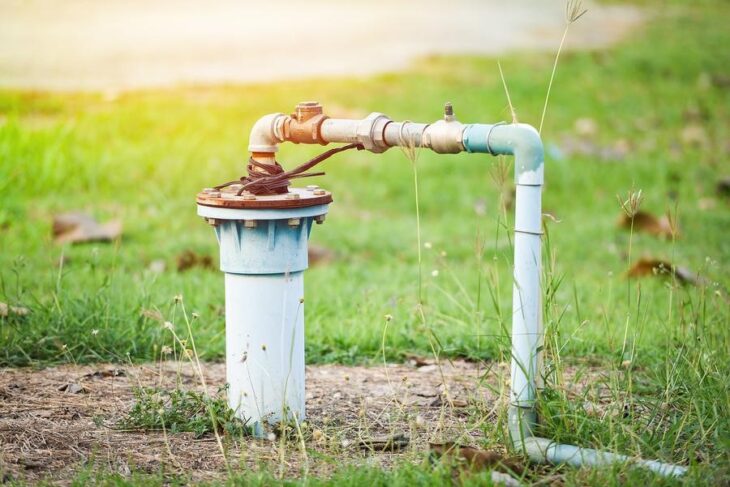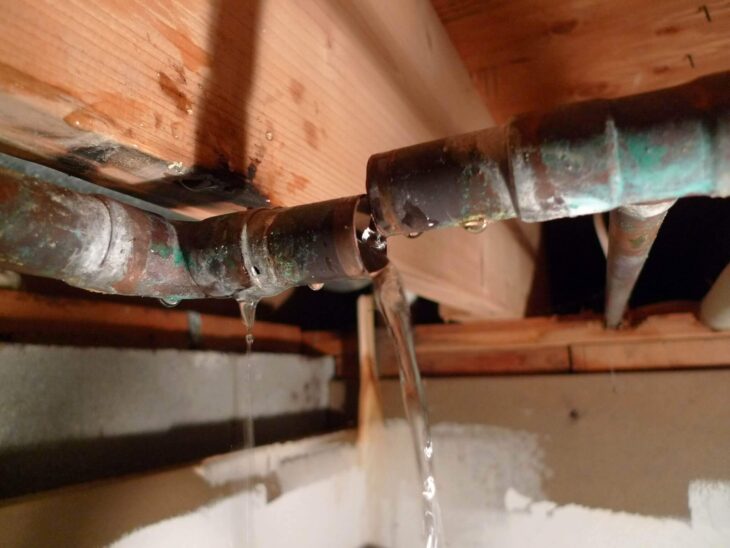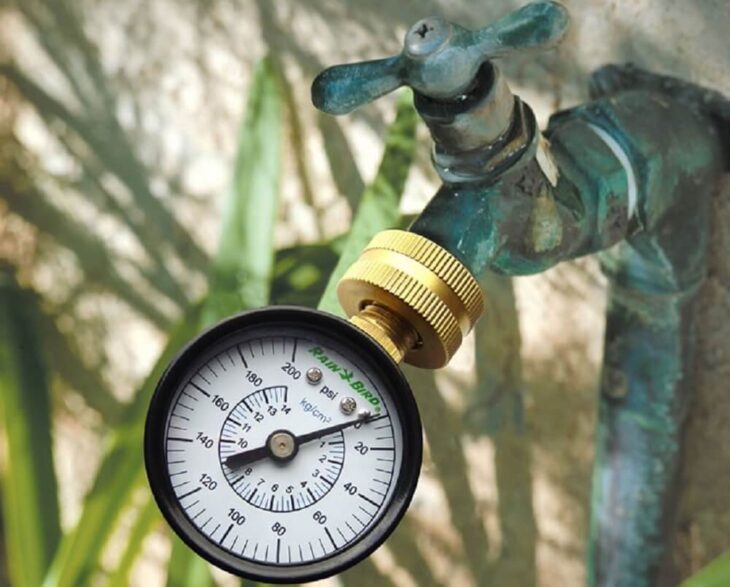Having a well water system comes with a number of benefits. Not relying on a municipal water supply means that you don’t have to worry about a costly water bill. However, like everything else in life, a well system has its cons as well as its pros.
According to plumbers at Liberty Plumbing, Heating & Air Conditioning, Inc. “One of the most common complaints we hear from customers is they struggle with low-pressure coming from their well system. We’re here to tell you that you don’t have to accept this as something you have to deal with.“
The recommended water pressure in a home is 40-60 psi (parts per square inch). If you are not reaching that level, there are a few things you can try. Here are four ways to potentially increase the water pressure of a well system.
Contents
1. Adjust the pressure switch
This is the most logical place to start. Turn off the power to the well pump, then use an air pressure gauge to test the air fill valve. If the pressure is under 40 psi, find the pressure switch that’s usually on the pipe that connects the well and pressure tank. Once you turned up the pressure, turn the water back on and test to see if the pressure improves. If not, try adjusting the switch again. But be careful not to do over the 60 psi upper limit.

2. Clean or repair old pipes
Over time, pipes can become blocked by mineral deposits or corrosion. Not only does this increase the risk of a pipe bursting, but it can also limit the flow of the water, which can make it seem like you have low pressure. Having a plumber clean out or replace old pipes can get things flowing properly.
The materials that have been used for the plumbing systems in houses have changed over the years. Knowing the age of your home can probably give you a little better insight into what to expect from the condition of your pipes. Most homes built today use brass, copper, or PVC pipes with very different lifespans. You can expect up to 80 years from copper or brass. Older PVC (polyvinyl chloride) is at its best within 40 years, while newer PVC pipe has made significant advancements to significantly increase their longevity. A qualified plumber would be able to help you make that distinction.
If you have exposed pipes in your home, probably in your basement, that should tell you what material was used when building your home. By taking the time to make a visual inspection of these pipes, you will hopefully gain some insight into those plumbing pipes you can’t see so easily.
Take notice of any discoloration or obvious aging. Something that seems small can be a larger problem that is unseen by the naked eye.
You also want to notice any wet areas on or near your pipes. This can be a sign of something more urgent that is causing your low water pressure. An unseen leak can be increasing your water bill, doing damage to your home, and giving life to mold and mildew. All of this without you being aware of what is happening under your feet.
The intricate nature of the plumbing systems in our homes is often taken for granted. We often forget that water is constantly sitting at the ready in our pipes. That’s why taking care of the quality of those pipes is so important. The smallest leak can cause long term havoc in the house that we try our best to take care of.

Source: We Buy Ugly Houses
3. Install a water softener system
Hard water with high levels of minerals such as calcium can contribute to pipes corroding. By installing a water softener system, you can keep the inside of the pipes clear so the flow and pressure of the water are not disrupted.
Over a period of time, this hardness of the water causes damage to our appliances and the pipes that deliver water to them. These minerals leave behind scales that slowly build up in the pipes and restricts water flow causing decreased water pressure. Besides affecting the quality of our shower, this buildup also increases the likelihood of clogs.
A water softener removes the destructive calcium and magnesium minerals from the water through an ion-exchange process. We all know that opposites attract, right? Well, the water softener system contains beads that are negatively charged. When the minerals pass through these beads (you guessed it, they have a positive charge) they stay attached, and the beads release a sodium ion into the water. This procedure generates the softer water that our homes will find a welcome improvement.
If you struggle with the symptoms of hard water in your home, the low monthly maintenance cost of a water softener system may very well be worth adding to your budget.

Source: Worthy Inspection Services
4. Install a constant pressure system
If you have a household where numerous people or appliances are using water at the same time, you might need a constant pressure system. This additional component is attached to your water line and adds pressure when multiple outlets are drawing water at the same time. This can prevent the pressure from dropping unexpectedly.
A typical home’s well water system has an average water pressure which typically falls in a range of between 40 and 60 psi (pounds per square inch). At this setting, the pump would turn on when the pressure dips to 40 and turn back off when it reaches its goal of 60.
With a constant pressure system, you have more control over that number. It keeps your water at the desired pressure number which works best for your family’s use.
The knowledge of a qualified plumber can be invaluable when deciding the best way to increase the water pressure of your home. They can explain all the options and recommend the best plan to both increase the comfort of your family and the value of your home.
